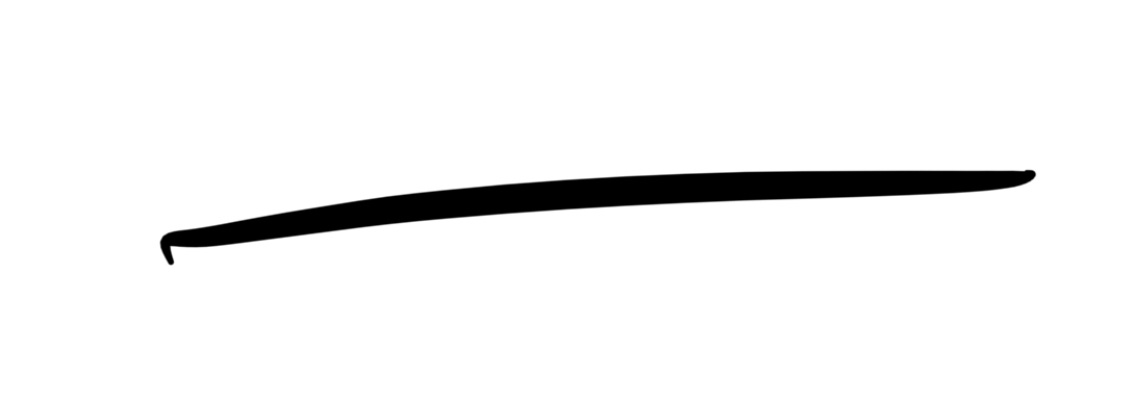Thinking beyond ability
If we were to sit together and observe learning, and I was to draw a line …
… what would you do with it?
Would you be tempted to put things at either end? — Things like categories, or descriptors. If you did this, you’d be creating a scale of sorts.
This would be useful because it will help you shift beyond labelling to thinking more deeply about what you are observing.
Be careful though. The things you put at each end will frame your thoughts and shape your interpretations. The things that often, easily, come to mind are likely to be things that will lead you to deficit thinking and a myopic focus on ability.
Things like, low-high or below-above frame our thinking in this way.
The scale I like is emerging-rich.1 It helps me tune into what is there, not what’s missing. It helps me think positively about learning — emerging is positive because it exists.
In essence, this scale tunes me into willingness, not just ability. And because willingness is about a kid sensing what an environment encourages, rewards, and says is ‘ok’, it’s a scale that helps me see that a kid’s willingness to engage in learning is just as much my responsibility as it is theirs.


